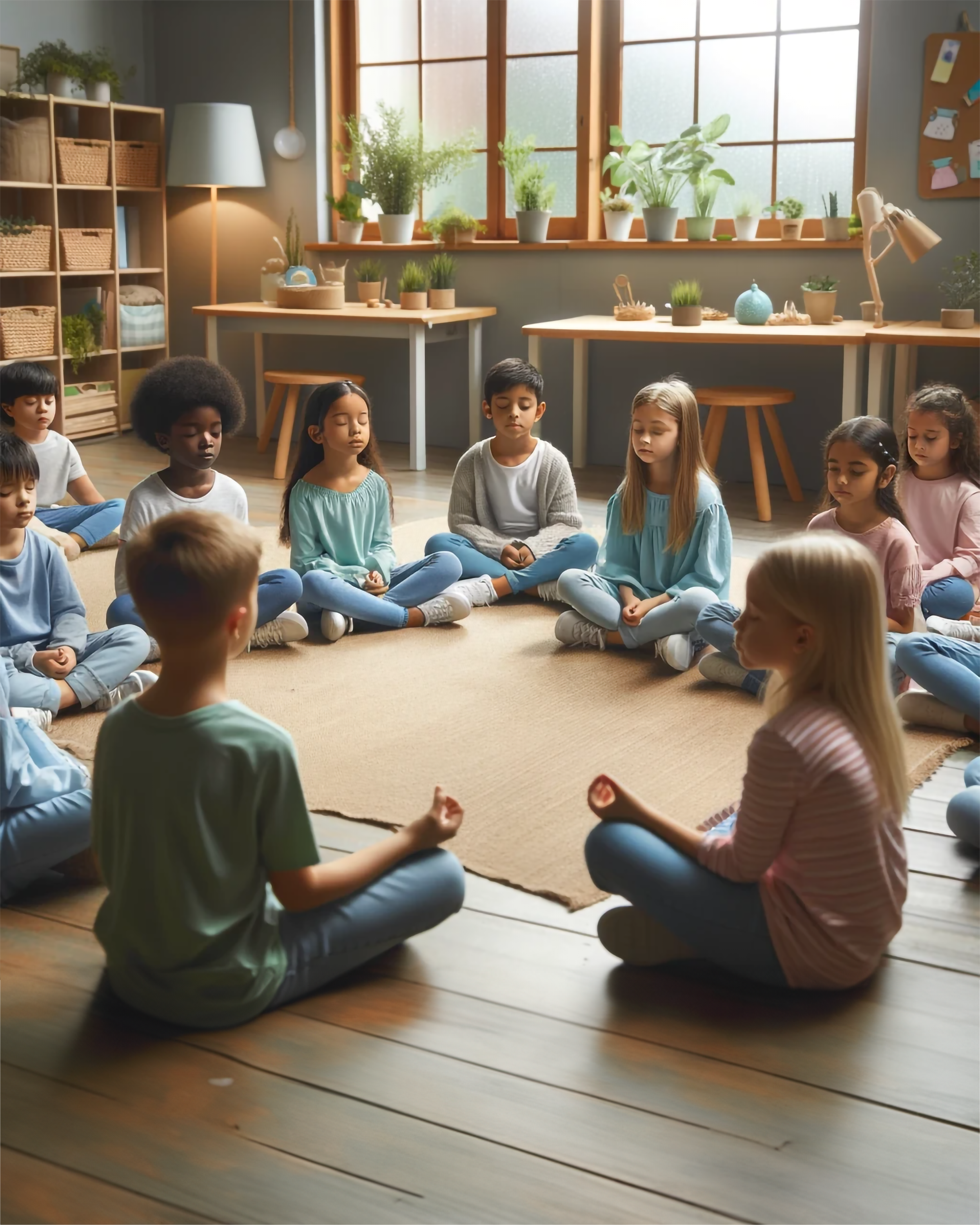The Mindful Classroom: How Teachers Can Foster Wellness in Students
In recent years, the importance of mental wellness in educational settings has gained considerable attention. Teachers, as pivotal figures in the lives of young learners, play a critical role in fostering an environment conducive to their students' mental and emotional well-being. This article delves into the concept of the mindful classroom, elucidating how educators can cultivate wellness in their students through evidence-based practices.
Essence of a Mindful Classroom
The essence of a mindful classroom lies in creating a space where children feel safe, valued, and understood. Mindfulness - defined as being present and fully engaged with whatever we’re doing, free from distraction or judgment - has been shown to have significant benefits for mental health. In the context of children's wellness, mindfulness practices can enhance focus, reduce stress, and foster emotional regulation. ("Effects of Mindfulness-Based Interventions in Schools on Students' Cognitive and Affective Processes," Journal of School Psychology, 2017.)
Research in developmental psychology suggests mindfulness exercises can positively impact children's well-being. A study published in the 'Journal of School Psychology' found that mindfulness programs in schools led to improvements in students' attention and social skills, as well as reduced symptoms of depression and anxiety. Similarly, a report by the 'American Academy of Pediatrics highlighted the benefits of mindfulness techniques, including better sleep patterns and increased resilience in children. (Promoting Resilience in Children and Youth: Preventive Interventions and Their Interface With Neuroscience, American Academy of Pediatrics, 2016.)
Teachers can integrate mindfulness into their classrooms through various activities. Simple breathing exercises, guided imagery, and moments of silence can be effective tools. For instance, starting the day with a five-minute mindfulness session can set a positive tone for the rest of the school day. Encouraging children to be aware of their thoughts and feelings without judgment helps nurture a sense of calm and presence. ("Mindfulness Practices in Education: Montessori's Approach," American Journal of Educational Research, 2018.)
Follow The Leader
It is also crucial for educators to model mindfulness themselves. When teachers practice mindfulness, they benefit personally and set an example for their students. This modelling can profoundly impact children's attitudes toward mindfulness and willingness to engage in mindful practices.
Teachers can create an inclusive classroom environment to support students' mental wellness further. This involves recognizing and respecting the diverse backgrounds and needs of each child. An inclusive approach ensures that all children feel seen and heard, which is fundamental to their emotional well-being. Additionally, incorporating regular physical activity and creative outlets like art and music into the curriculum can enhance children's mental health. ("Art Therapy for Children: How It Leads to Change," Clinical Child Psychology and Psychiatry, 2018)
Physical activities have been shown to reduce symptoms of anxiety and depression in children, while creative pursuits offer an outlet for expression and emotional processing. ("The Impact of Physical Activity on Mental Health in Children and Adolescents: A Systematic Review," European Child & Adolescent Psychiatry, 2019)
In conclusion, a mindful classroom is not merely a concept but a practical approach to education that values and nurtures students' mental wellness. By adopting mindfulness practices, fostering inclusivity, and providing varied avenues for expression, teachers can significantly contribute to the overall well-being of their students. As the field of children's health continues to evolve, the role of educators in this realm remains crucial and impactful.


